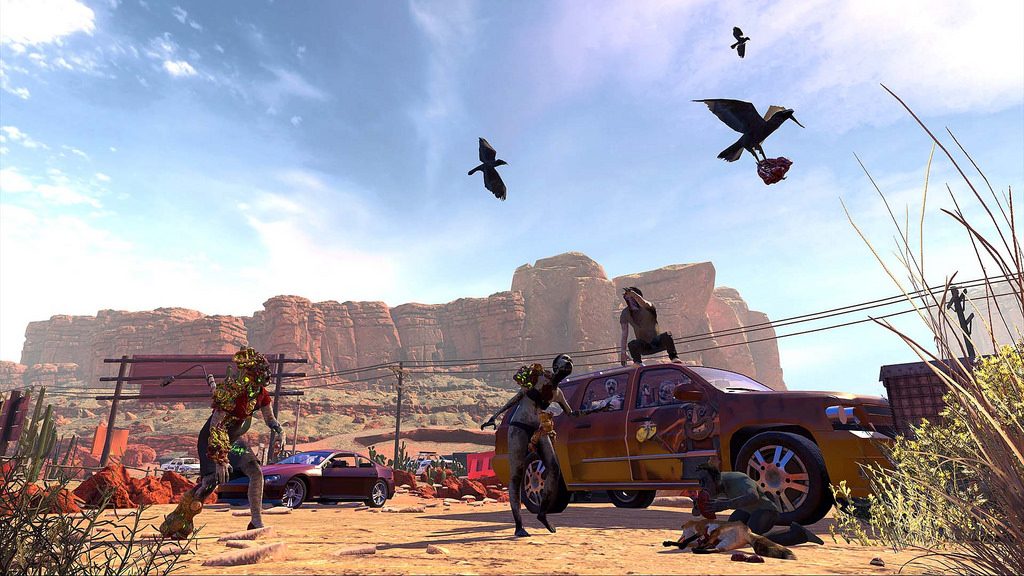
VR Patent Options: Battle Zombies or Tour Nature
When our cars start to drive themselves, what will we do to stay entertained? If a futuristic Apple patent application is any indication, we might trade in that tedious chore for a fully immersive experience: soaring through fictional cityscapes, chatting up virtual passengers or experiencing a harrowing post-apocalyptic zombie attack.
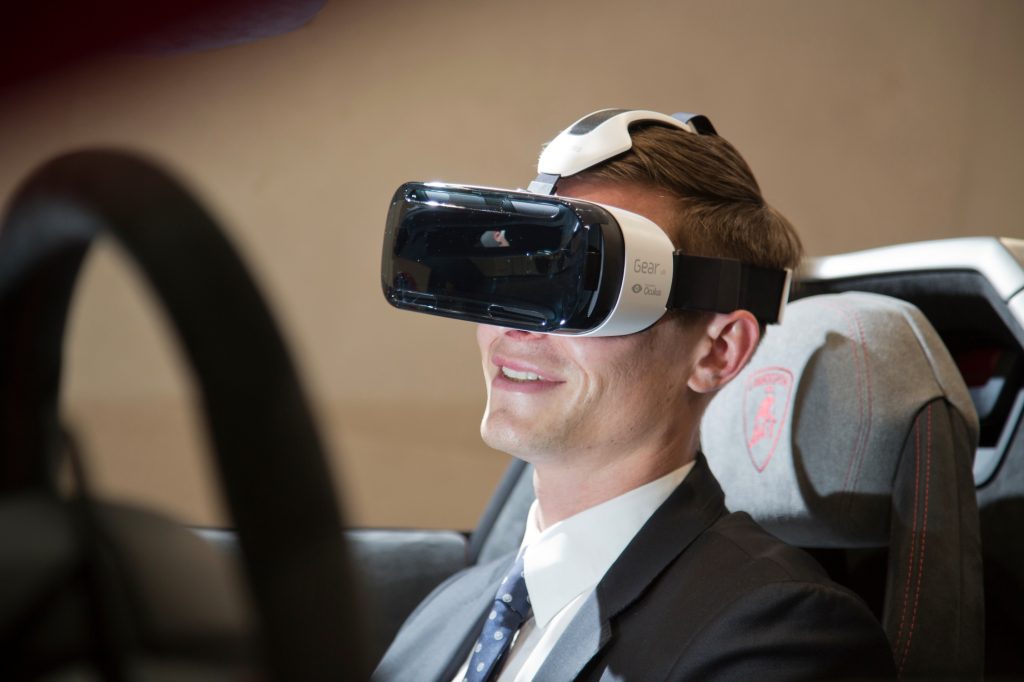
Tired of the same morning commute? Fight zombies instead! Photo via Lamborghini.
According to a VentureBeat article citing reporting by Patently Apple, Apple cites these and other examples in a patent application quietly filed last year for integrated VR systems in self-driving cars. While rife speculation has surrounded Apple’s long-rumored foray into manufacturing an electric and/or self-driving car, the patent does not explicitly mention of any overarching automobile program, but instead describes ways to integrate VR into future auto design. According to coverage, headsets or other peripherals could be employed inside vehicles to give passengers novel and unprecedented experiences while driving.
Apple’s patent application suggests that tomorrow’s car passengers, unburdened by the need to actively drive a vehicle, might make use of VR to talk with a virtual passenger (such as a tour guide or celebrity for instance), attend a VR teleconference, or even seemingly transform a regular crosstown commute into a post-apocalyptic fight for survival. Riders who want a more relaxing experience could opt for a placid trip on a hang-glider or a canoe ride through nature.
Of interest among the patent’s revelations is the concept of a windowless automobile—Apple seems to be betting that some of the future’s car designs—whether its own or others’—will lack windows, and providing fun virtual scenery might be a necessity to prevent motion sickness and claustrophobia in such an unfamiliar environment. In addition to surreal virtual worlds and zombie survival scenarios, users of such technology might opt to virtually place themselves in a more traditional environment, such as a spacious virtual car cabin with virtual “windows” showing footage from the vehicle’s exterior.
Regardless of whether Apple’s self-driving auto plans ever come to fruition, this sensational patent application offers a hint at what the manufacturer and others might one day offer passengers in lieu of an everyday reality which, in the VR age, may seem increasingly commonplace and boring.

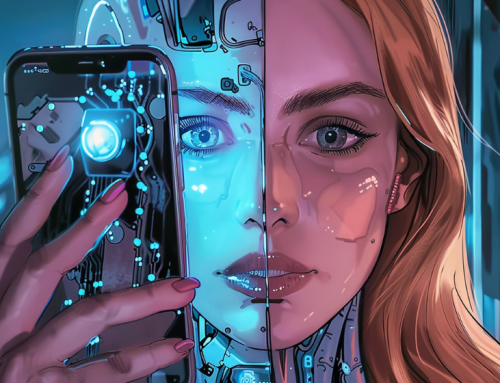
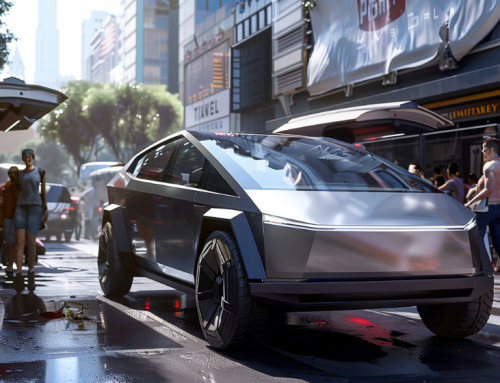


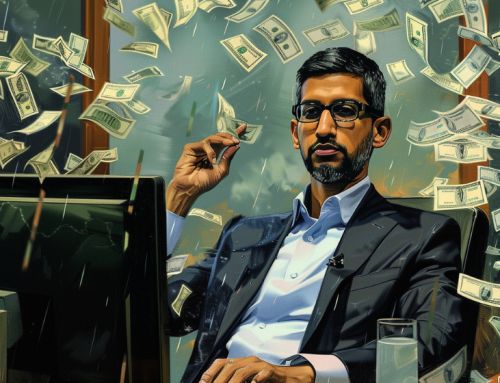

Leave A Comment